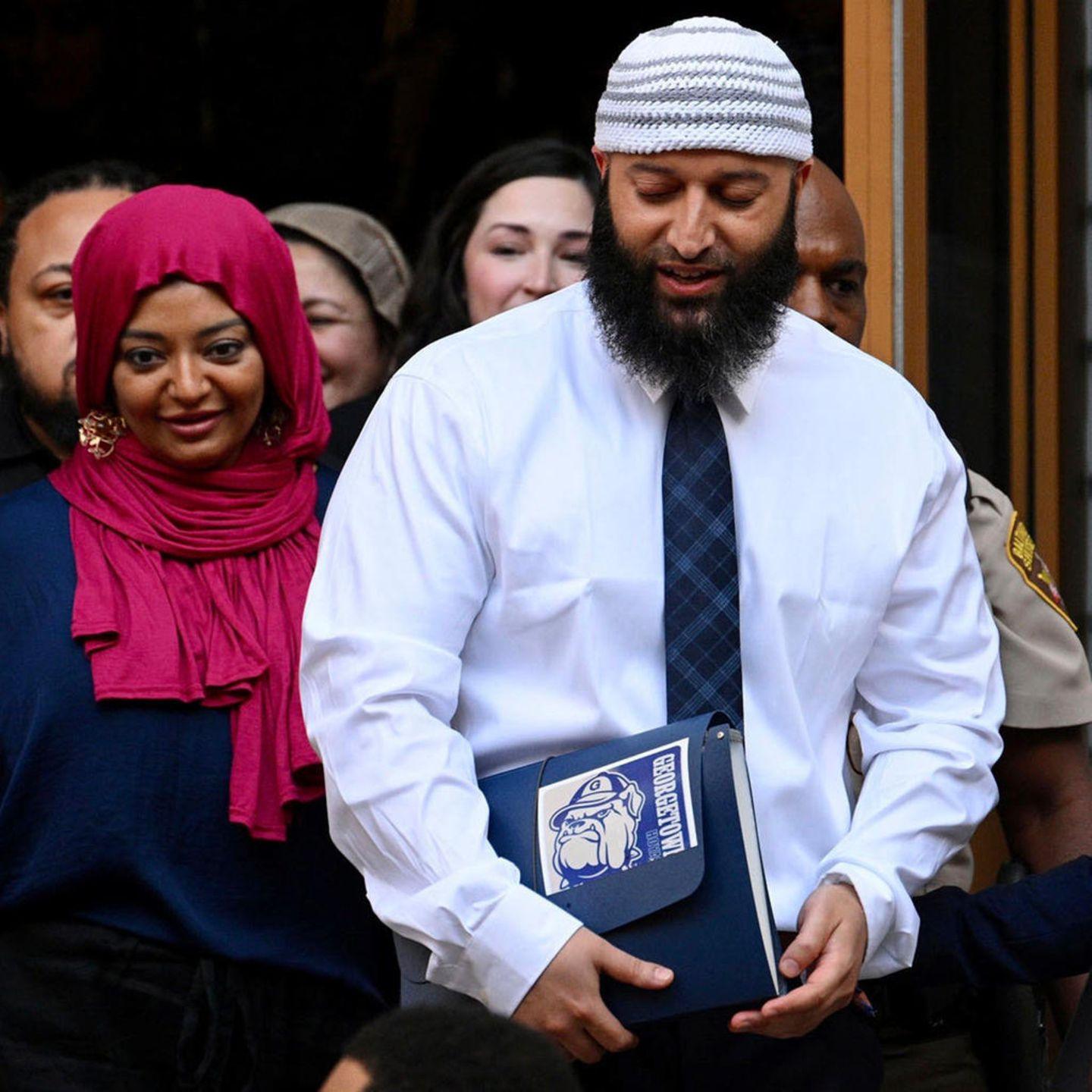Recent Developments in Adnan Syed’s Case

Introduction
The case of Adnan Syed, convicted in 2000 for the murder of Hae Min Lee, has drawn significant public interest, especially after the hit podcast ‘Serial’ brought it to the forefront of criminal justice discussions. The recent developments surrounding his appeal highlight the importance of fair trial rights and the ongoing issues within the American legal system.
Background of the Case
Adnan Syed was sentenced to life in prison after being convicted based on circumstantial evidence, primarily the testimony of a classmate, Jay Wilds, who said he helped Syed dispose of Lee’s body. The case quickly gained notoriety when ‘Serial’ launched in 2014, causing a resurgence of interest in the evidence and variables surrounding the trial.
Recent Developments
In the last two years, Syed’s legal team has made significant progress in challenging his conviction. In September 2022, a Baltimore judge granted Syed’s team a motion to vacate his conviction, stating that there was a failure to disclose evidence that could have been beneficial to the defence. The judge argued that untested evidence and new witness accounts warranted further investigation.
This decision was monumental as it not only brought Syed closer to exoneration but also questioned the integrity of verdicts based on incomplete evidence. Following the ruling, prosecutors have indicated they may no longer pursue the case against him, citing irreconcilable issues with key evidence.
Reactions and Implications
The developments in Syed’s case have spurred discussions nationwide about wrongful convictions and the reliability of evidence used in trials. Advocacy groups have called for reforms in how courts handle procedural evidence, aiming to prevent similar situations in the future. Syed’s case illustrates the dire consequences of judicial errors and the life-altering impact of wrongful convictions.
Conclusion
As the future of Adnan Syed hangs in the balance, the legal community watches closely for legal precedents that may stem from this case. If Syed is fully exonerated, it could lead to calls for policy reforms aimed at ensuring the integrity of the criminal justice system, fostering greater transparency, and reducing wrongful convictions nationwide. For readers, staying informed about Syed’s journey not only sheds light on individual stories within the criminal justice system but also highlights the need for systemic change.
